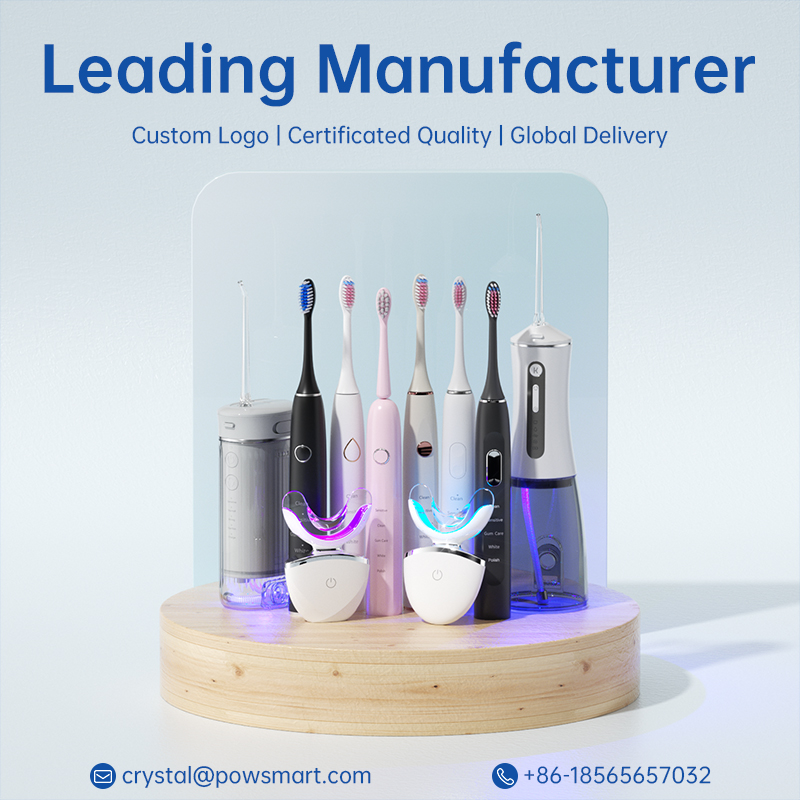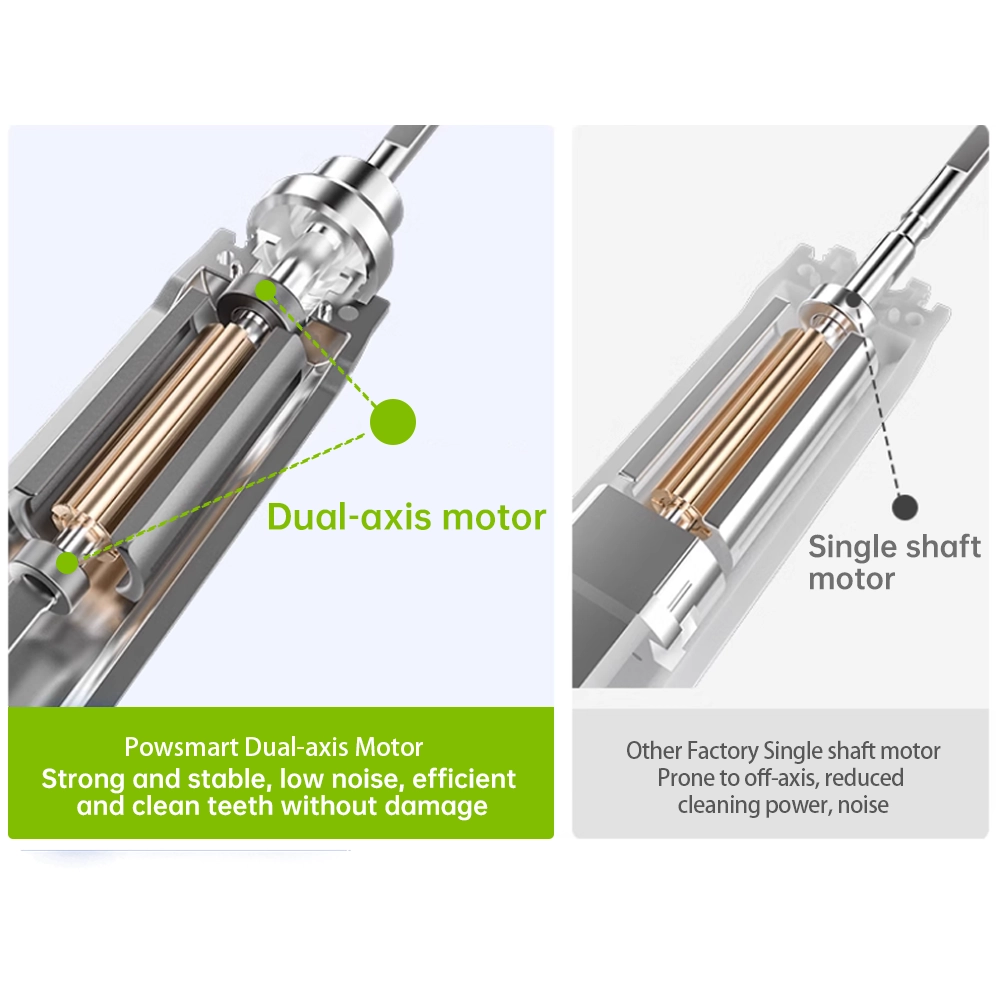Australia has one of the world’s most regulated health and beauty markets, especially when it comes to oral care and whitening products. Before you sell oral beauty products such as teeth whitening gels, LED whitening kits, or oral sprays, it’s essential to understand what type of Australia oral beauty license you may need. In Australia, the Therapeutic Goods Administration (TGA) oversees products that make therapeutic claims—such as “whitens teeth” or “kills oral bacteria.” Products falling under this category must comply with TGA compliance requirements before being legally sold.
Not every oral beauty product requires a specific license. However, the need depends on the claims and ingredients used:
Therapeutic products (e.g., whitening gels with active hydrogen peroxide) require TGA registration and licensing.
Cosmetic products (e.g., LED whitening kits without peroxide or with minimal active ingredients) are usually exempt from TGA registration but must comply with the Australian Industrial Chemicals Introduction Scheme (AICIS).
To determine if you need an Australia oral beauty license, identify whether your product is considered “therapeutic” or purely “cosmetic.” This distinction will determine whether TGA registration and labeling requirements apply.
For manufacturers and importers aiming to sell oral beauty products in Australia, meeting TGA compliance is not just a legal requirement—it also builds consumer trust.
Typical compliance steps include:
Ingredient safety assessment and concentration limits
Product listing on the Australian Register of Therapeutic Goods (ARTG)
Correct product labeling and warning statements
Evidence supporting product claims
Failure to meet TGA standards can result in product recalls, financial penalties, or bans from the Australian market.
For overseas suppliers or OEM manufacturers, understanding local regulations is critical. A professional OEM regulatory guide helps brands streamline compliance and reduce time-to-market.
When working with Australian distributors or brand owners, manufacturers should:
Provide detailed formulation and safety documentation
Ensure ingredients comply with AICIS and TGA standards
Support partners with compliance reports and test data
Align packaging and labeling with local legal requirements
Having a comprehensive OEM regulatory guide ensures both brand and manufacturer operate within Australian law.
To reduce regulatory risks, choose an OEM partner experienced in exporting to Australia. Manufacturers with proven TGA compliance experience can assist with documentation, testing, and labeling that meets the Australia oral beauty license standards.
Working with a compliance-ready factory simplifies the process of selling oral beauty products legally and sustainably in the Australian market.
In summary, while not every oral beauty product needs a license, understanding Australia oral beauty license rules and TGA compliance is vital for long-term success. Whether you’re launching a private-label whitening kit or expanding your OEM product line, always rely on an OEM regulatory guide and an experienced manufacturer to navigate Australian regulations smoothly.
By doing so, your brand can confidently sell oral beauty products in Australia—safely, legally, and with consumer trust at the core.
.jpg)
Selling Water Flossers in the US? A Guide to Mandatory Certificates from Your OEM
.jpg)
sonic electric toothbrush Anchorage

Does POWSMART Toothbrush Wholesale Order Involve Material Degradation?

Do Blue Light Toothbrushes Work? A Manufacturer’s Perspective for Smart Brand Choices
-2-scaled.png)
How to Boost Brand Value through Partnering with a Teeth Whitening Device Factory
Are Runtime Drop and Thermal Failure Related?

Voice & Music Electric Toothbrushes: Sizing the Niche Market for Innovative OEM Brand

What is the Market Outlook for Supplying Electric Toothbrushes to Hotels & Hospitals?

Kids Water Flosser Age Guide: When to Introduce and How to OEM the Right Product

Does Quiet Toothbrush for Office Suffer Nozzle Clogging?
Electric Toothbrush for Kids with Timer – Bulk Supplier for Schools & Dental Programs
Do Mode Malfunction and Pulse Instability Compromise Device Stability?
.jpg)
Wholesale Smart Toothbrushes: Best Bulk Deals for Retailers
-1.jpg)
Does Premium Rose Gold Gift Toothbrush Cause Mode Confusion?
How Does Battery Leakage Cause Valve Sticking?
Luxury Electric Toothbrush Manufacturer

electric toothbrush heads Charcoal Infuse-Round

Private Label Whitening Gel

Customization Teeth Whitening Gel

electric toothbrush heads Regular Clean

electric toothbrush heads Deep Clean
.jpg)
Florida Electric Toothbrush – Powsmart PTR-C8

electric toothbrush heads Ultra Soft

Electric toothbrush heads Charcoal Infused-Diamond
whstapp
whstapp
National Toll-Free Service Hotline
+86 755 86238638